TechJuice is here with yet another mobile phone review, and this time the Huawei Ascend G7 is under scrutiny.
Key Specs
- 5.5-inches 720p display
- 1.2 GHz Quad-Core 64-bit processor
- 2GB RAM
- 16GB internal memory with up to 32GB microSD card support
- 13-megapixel back and 5-megapixel front cameras
- 3000mAh battery
- 3G & 4G ready
- Under 30,000 price tag
The Huawei G7 is one of the better 4G phones available at this price point with great build quality and decent specs coupled with amazing battery life. There are a few gripes too such as a low-resolution display and a little lackluster performance. Let’s go through them in detail.
- The Goods
- Amazing battery life
- Solid construction
- Premium feel
- Huge screen
- Great specs for the price
- 64 bit processor
- The Bads
- 720p screen resolution only
- Low pixel density
- Subpar front camera in artificial light
- Ordinary performance
- Dated Android 4.4
Editor’s Note: TechJuice was provided with a brand new Huawei Ascend G7 courtesy of Huawei Pakistan. The author used the phone for a week and this review is based on one week’s usage of this phone. The views and opinion expressed in this review are solely based on the one week usage of this phone and rest assured are unbiased.
First Impression
I have a hobby of changing smartphones every month or so and I normally prefer Android flagships phones. Until this review, I’ve never used a Huawei phone previously and was not planning to either because of its Chinese origins, although my current phone is a OnePlus One (call me a hypocrite). When TechJuice asked me to review this phone, I got a little excited because I will get to use a Huawei phone without risking my money on it and also because I love exploring gadgets and smartphones so it was all natural.
Honestly, on the first impression the phone actually got me interested. The phone felt really great in hand and didn’t feel plastic. It actually felt better than Samsung Galaxy S5, which is not a benchmark of any sort but come on that phone launched at a price of $650, that has to mean something.

Hardware & Design
“The phone indeed looks very similar to the iPhone”
When I told one of my friends that I am reviewing the G7 this week and showed him the phone, his first impression after looking at the phone was: “It looks like a blatant copy of the iPhone”. The phone indeed looks very similar to the iPhone which may be a good thing or a bad thing depending on your social circle. Many smartphone makers (read Samsung) reached where they are today, by copying the design from iPhone, so Huawei following the same suit shouldn’t come as a surprise.

“The Ascend G7 doesn’t feel like a mid-tier budget phone at all. It has that solid feel to it.”
Having said that, the Ascend G7 doesn’t feel like a mid-tier budget phone at all. It has that solid feel to it. It seems like Huawei paid a lot of attention to details to its mid-tier and flagship phones. The quality of materials used is remarkable too. The phone looks and feel premium in hand, all thanks to the all-aluminum unibody construction.
The back of the phone is metal too, with only two plastics bits attached to its top and bottom, I believe for better signal reception. The top bit holds the 13-megapixel shooter and LED flash and the bottom bit holds the loudspeaker. On the right side, you will find microSD card slot, SIM slot, volume rockers and power button, while the left side is plain as vanilla.
Huawei could have put the volume rockers on the left side because that’s where we all have been used to seeing them but I believe the people who designed it must have had solid reasons to do so. I am glad they put the power button on the side following the tradition rather than top otherwise it would have been very hard to turn on and off the display. The power button and volume rockers are made up of metal and are very soft to press, not at all flimsy, but comfortably soft. There is nothing much on the front except for front facing 5-megapixel camera on the right edge beside the speaker grill and somewhat hidden proximity sensor. There are no hardware buttons at the button as the phone uses on-screen software buttons. The screen bezels are very minimal which help keep the phone retain a smaller form factor for its massive display to go along with its 7.6mm thickness. The top of the phone holds the 3.5mm headphone jack and the bottom has the microUSB port.
The overall design and build quality would impress anyone who is looking for a budget phone in this price range. Although, I feel that if Huawei would not have taken the design cues from iPhone, it would have been better as with the current design you are bound to get comments like “Does it bend?”
Display
The phone has a gorgeous display when it comes to color reproduction and brightness. You will not have any problem reading the screen on a bright sunny day. The phone comes equipped with a 5.5 inch 1280x720p display which gives it a resolution of 267 pixels-per-inch, which is not at all extraordinary for a display this big.
The fonts will feel fuzzy while reading articles and general browsing on this phone if you are used to a pixel density of 300 ppi and above. But an average user would not feel that way unless he/she is coming from a phone with a 1920×1080 display resolution. On the plus side, bigger display with lower resolution means fonts and icons look bigger on the screen which improves the overall experience if you have thick fingers and not a 6/6 eyesight.
Camera
With social media taking over our lives, smartphone cameras have become very important and a major selling point for most smartphones. The Ascend G7 comes with a 13-megapixel BSI (backlit-illuminated sensor) primary camera with an f/2.0 lens and LED flash along with a secondary 5-megapixel front facing camera.
The primary camera captures ample details and reproduces colors very accurately in natural light during the day. However, in artificial light at night, the details start getting smudgy but photos remain largely useful with accurate color renderings which is nothing but impressive. In broad daylight, expect the colors to wash out a little but that’s nothing serious to be honest; even the greatest of smartphone cameras produce washed out colors during direct sunlight.
“If you are into Macro and close up shots, you will really like the camera.”
If you are into Macro and close up shots, you will really like the camera. During our tests, the images that had the most details had the subject at a shorter distance from the lens.
The front facing 5 megapixel does what it’s supposed to do. In natural light, it is very good, but as soon as the light starts to dim, the results deteriorate to the extent that the subject starts appearing quite dark.
Overall, the camera is pretty awesome for the price you are paying for this smartphone, so there is nothing to complain about considering that.
Software
The phone comes installed with Huawei’s custom skin called the Huawei Emotion UI (EMUI) 3.0. Although, very iOS like, the software is very polished and doesn’t feel like a half-baked effort. EMUI follows a modern and flat design language which gives a very minimalistic feel to the interface. There are no color inconsistencies in UI elements, the animations are not too obtrusive and the overall UI is very easy on the eyes with lots of whites and translucent effects. If you have ever used an iPhone you will feel right at home on the EMUI. Like its hardware design, the software of the Ascend G7 is heavily inspired by Apple. There are very visible similarities between them, which is a plus point for many buyers.
The Android core on the Ascend G7 is dated. Huawei’s EMUI 3.0 is built over Android 4.4 Kitkat, which was released in 2013. Currently, Android has had 2 major upgrades since 4.4 with the 3rd major upgrade due next week. No matter how beautiful a custom skin may get, the phone maker’s inability to provide timely upgrades is a deal breaker for me. But if you are not like me, you will be indifferent about it as the older version of Android does not hinder with the functionality of this phone. And if you are a firm believer of “Patience is Virtue” then that’s a plus point too as Huawei has confirmed Android 5.x Lollipop for Ascend G7 due in September 2015.
Performance
The Huawei Ascend G7 is packed with features and top specs for its price. The G7 comes with a 1.2 Ghz Quad-Core 64-bit processor with 2GB of RAM, which works good, not extraordinary to be honest. First of all, the phone has Kitkat which is not very popular for its smoothness. The phone lags upon opening some apps and especially when using the task switcher. Scrolling is generally smooth but not smooth enough to eulogize the Ascend G7. The performance on demanding games was not very impressive either. For instance, when I ran Asphalt 8 on it, there was a visible lag due to low FPS on it. Although, the lag wasn’t enough to render the game unplayable, but I was expecting a little more from the advertised 64-bit processor.
Nevertheless, general usability remained largely unaffected by the lag and if you are used to budget smartphones, you will feel the phone is faster than many budget smartphones out there.
Here are AnTuTu Benchmark results for people who like to see the benchmark numbers:
Battery Life
For a screen this big, I wasn’t expecting a very good battery life but I was proven wrong after using the phone for few days. Let me start with describing what is my typical usage of a phone. I am a heavy WhatsApp user and a member of 4-5 active WhatsApp groups. I get tons of messages per day and I check them frequently. Then there are work related emails, an hour or so of calls plus casual browsing on the phone while I am not in front of my laptop. So overall, I spend a total of 4+ hours using my phone’s screen on a typical day.
For my kind of usage, the Ascend G7 gave me splendid battery timing of a little over one full day with a screen on time of more than 5 hours on mostly 3G and 4G, all thanks to the 3000 mAh non-removable battery. This kind of battery timing is more than adequate for an average smartphone user and you would not need to recharge the phone every few hours; a very common practice for most modern smartphone users.
Bottom Line
If you are still with me by this point, you will have a fair idea about what this phone can and can’t do. The Ascend G7 is not a flagship smartphone, it is a budget smartphone that would give you a full day of battery life with 4G without compromising on the build quality and design. There aren’t many 4G handsets available that not only provide you decent overall performance but also do not put a dent in your pocket. If you are someone looking for an all-rounder and do not want to spend more than Rs. 30,000 on a smartphone, then the Huawei Ascend G7 is the phone you should be looking at.
However, if you are looking for a phone that can play high-end games, takes great photos in low light, doesn’t look like an iPhone, iron your clothes and make you a cup of coffee every morning then get ready to put a dent on your pocket and look for a flagship phone.
The Huawei Ascend G7 is available at a price of Rs. 28,000 with one year warranty from both online retailers and mobile phone shops easily.
Gallery

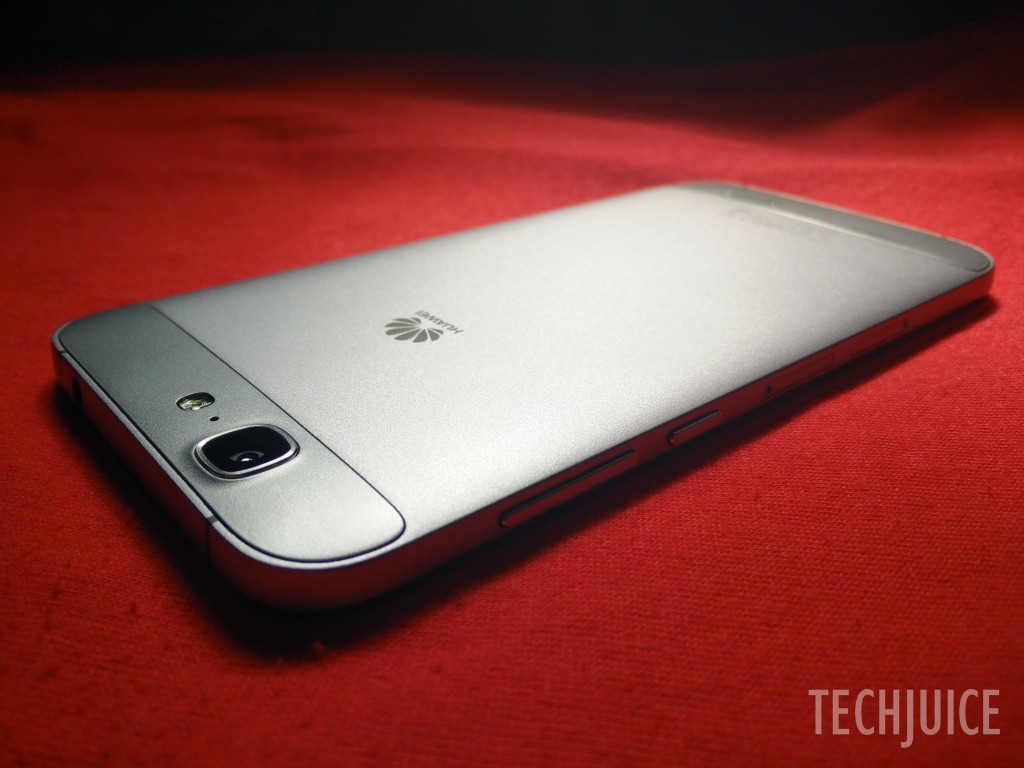
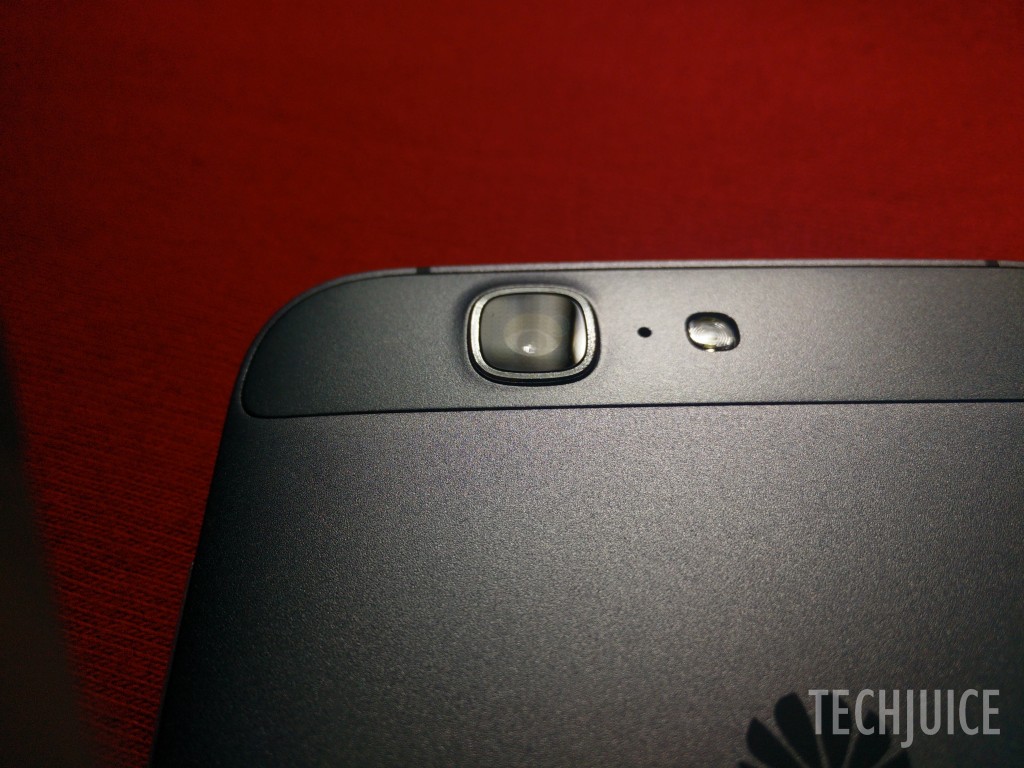
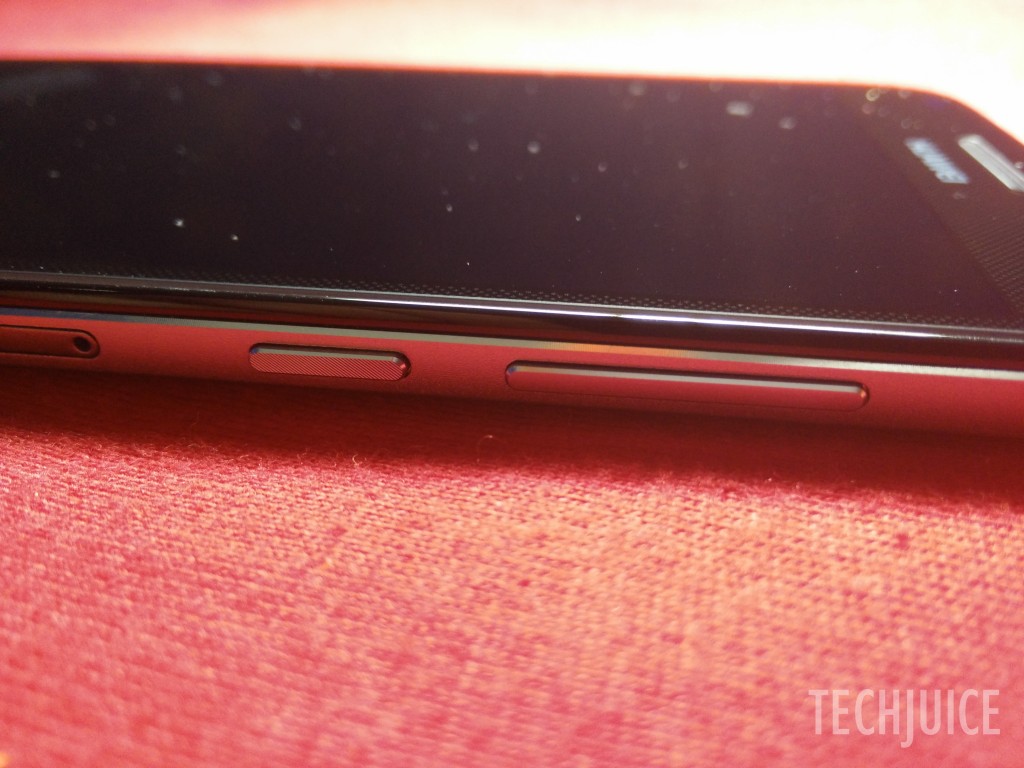
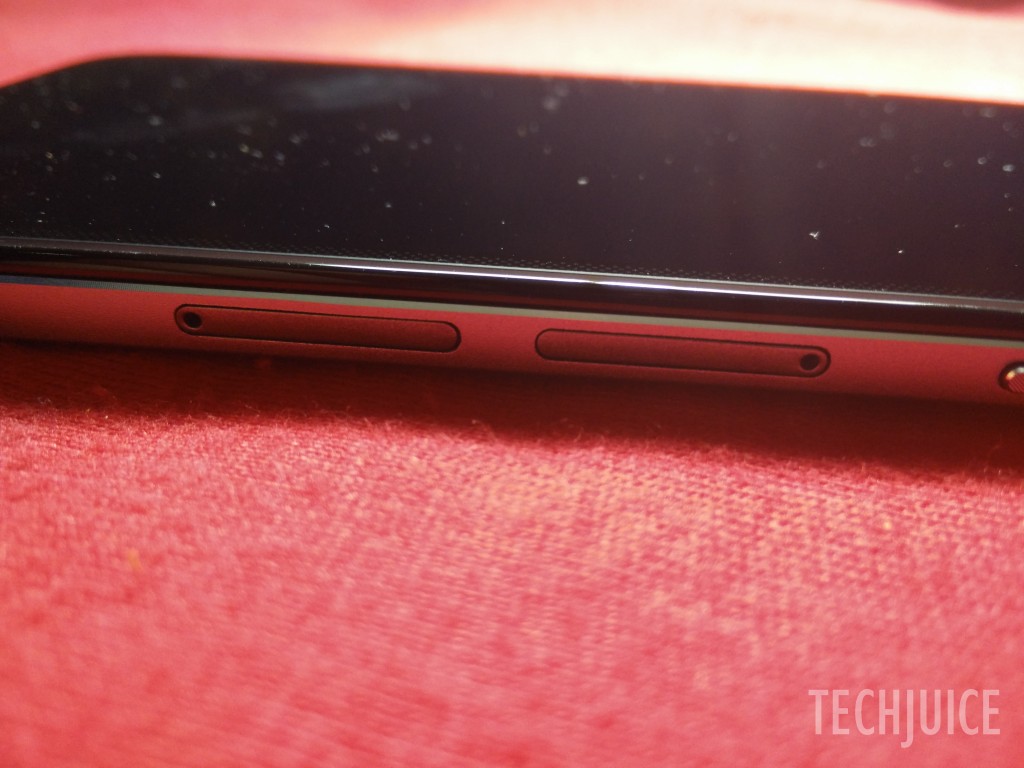
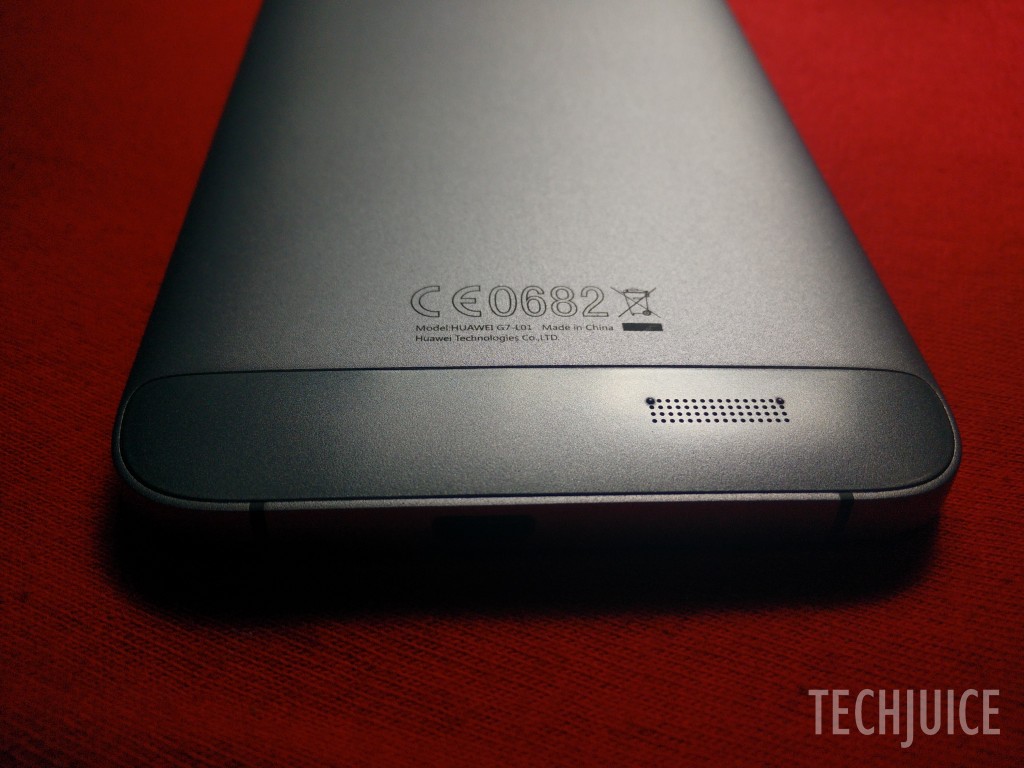
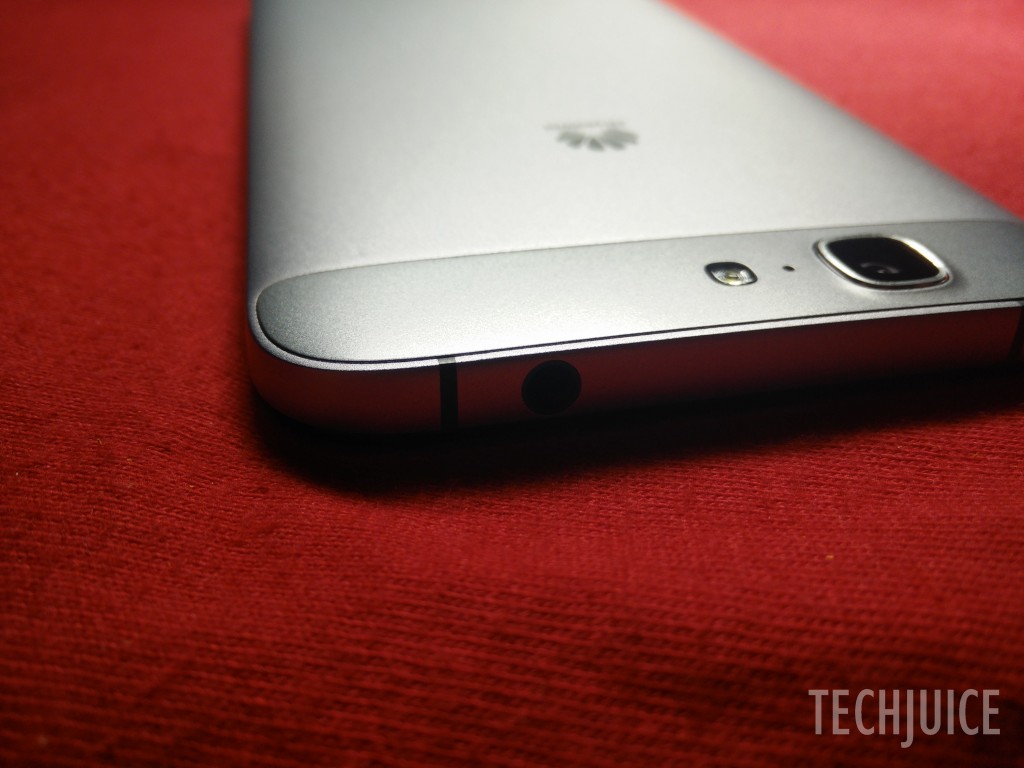
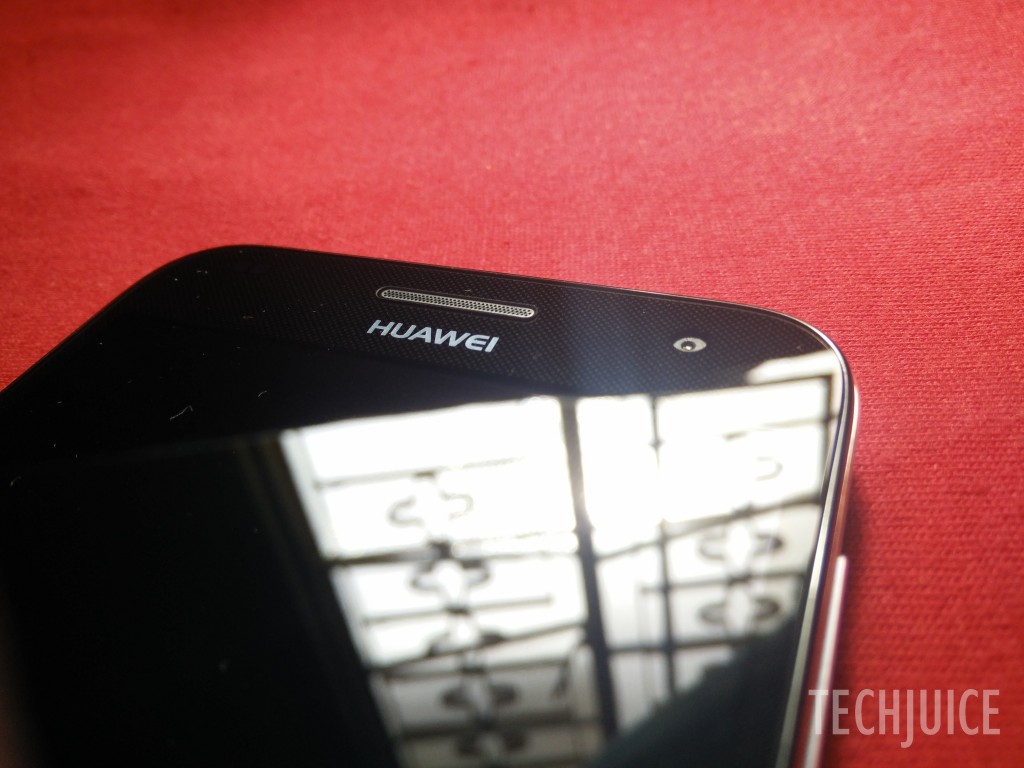


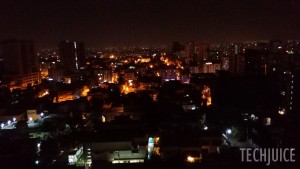
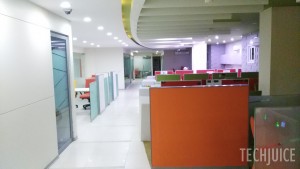
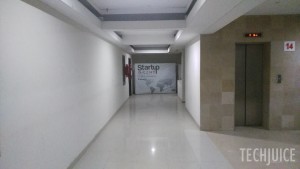
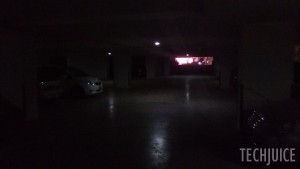
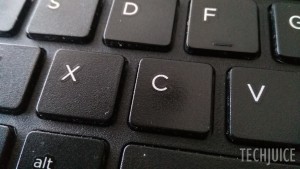
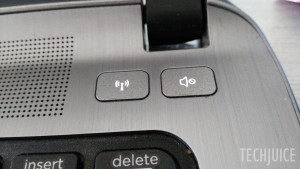
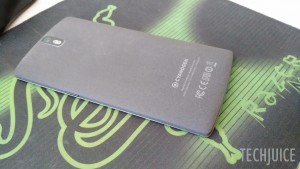



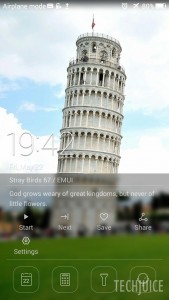


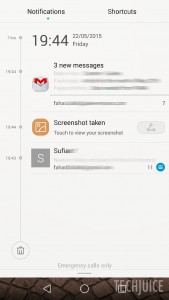


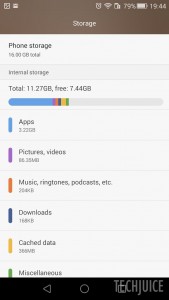
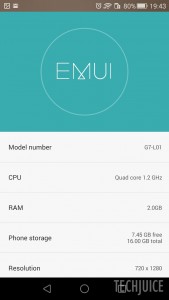

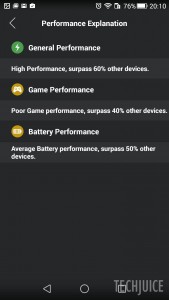
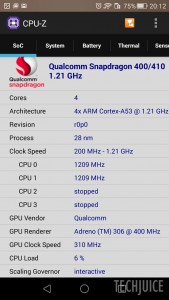
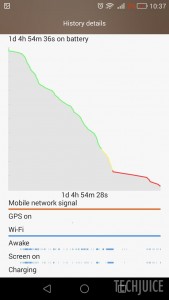

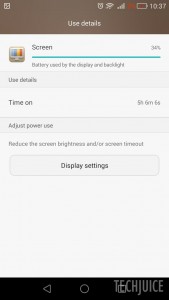
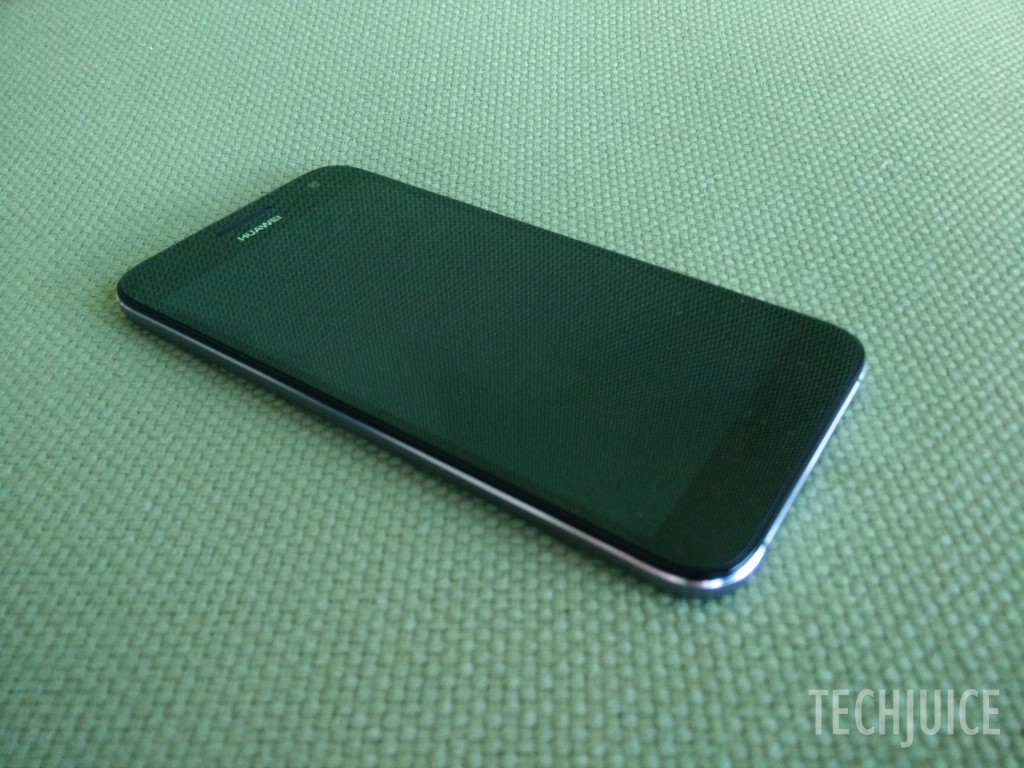

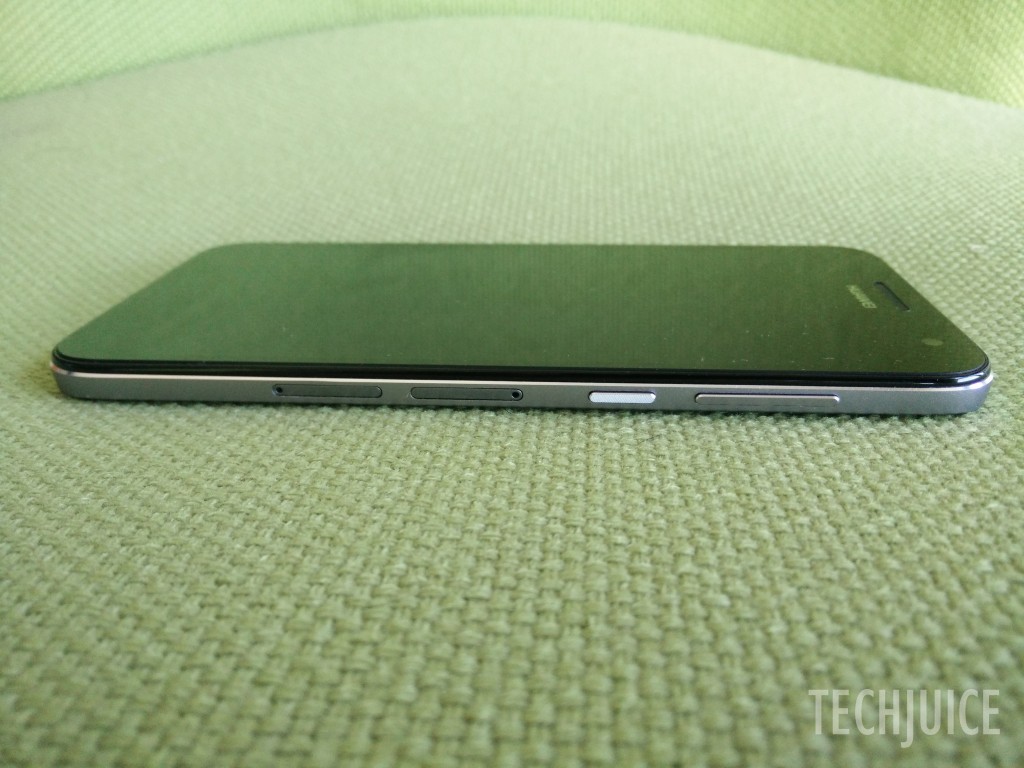
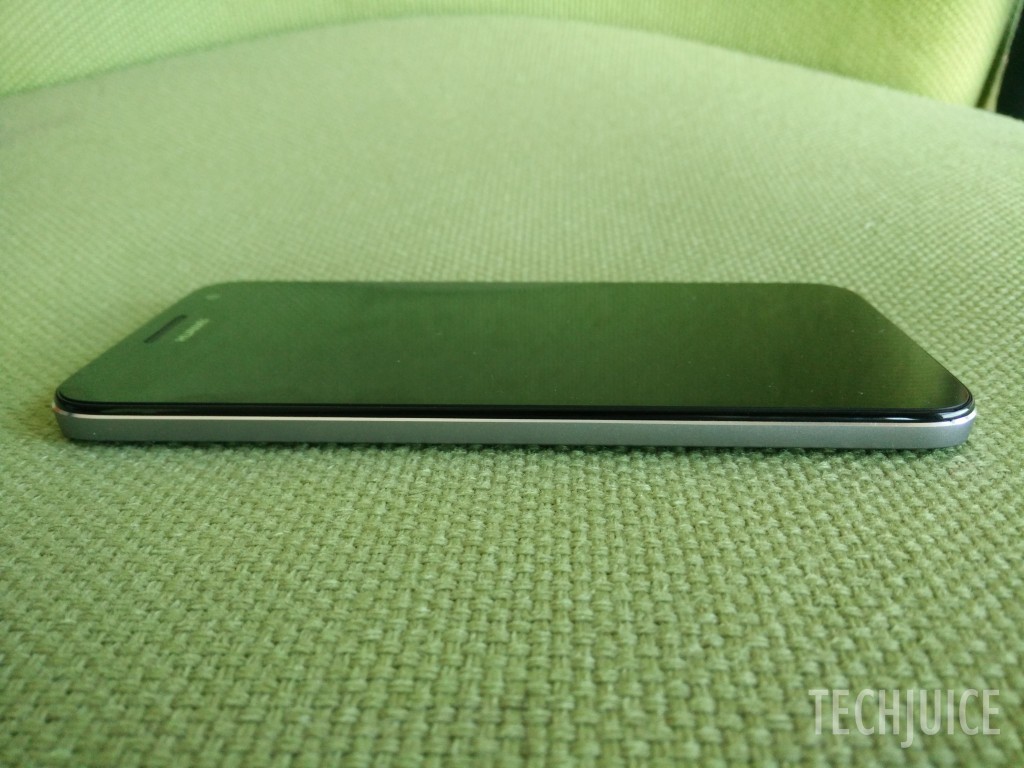
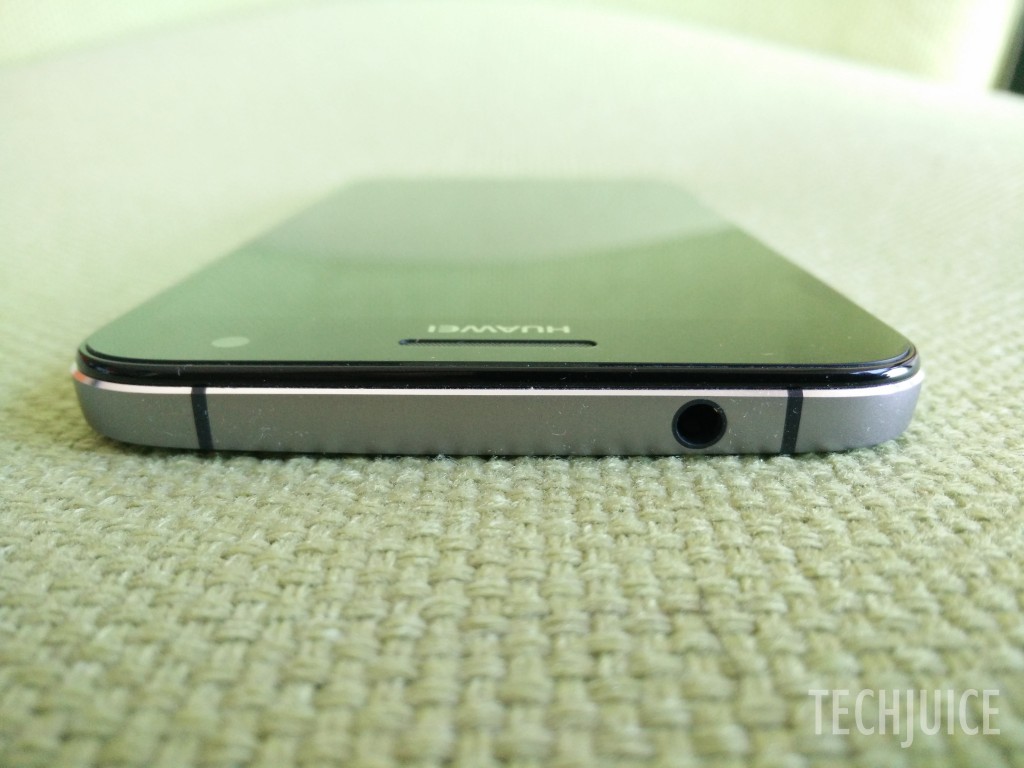
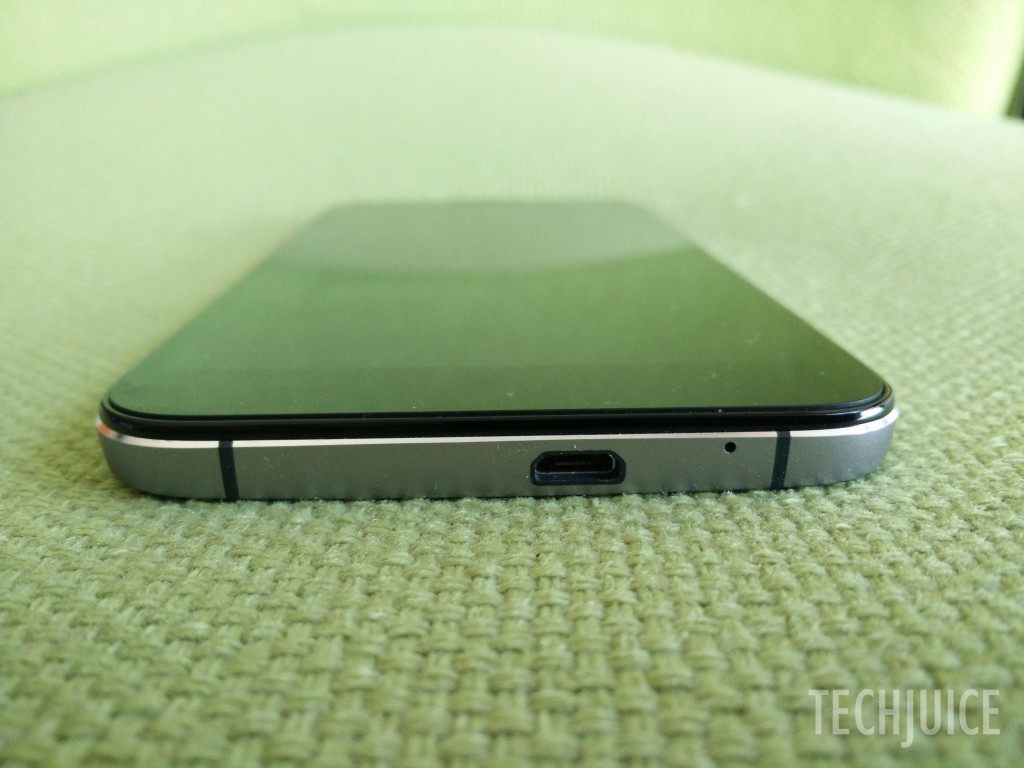


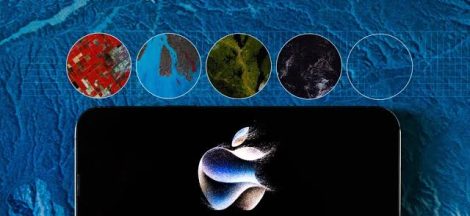
 5 business accounting and financial tools for Startups
5 business accounting and financial tools for Startups